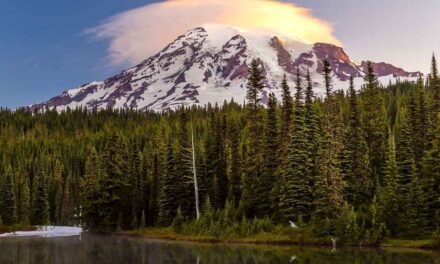North Cascades National Park, nestled in the Cascade Range of Washington State, offers visitors an incredible array of outdoor activities year-round. From snow-capped peaks and pristine alpine lakes to old-growth forests and cascading waterfalls, there’s something for everyone in this diverse wilderness. This guide will help you plan your visit, no matter the season, by providing key information about the weather and park activities in each season, as well as potential closures and seasonal wildlife sightings.
Winter Weather in North Cascades National Park
Winter in North Cascades National Park brings an abundance of snowfall, making it an ideal destination for winter sports enthusiasts. The temperature typically ranges from the teens to low 30s (Fahrenheit), so it’s crucial to dress in warm layers and be prepared for cold, snowy conditions.
Activities and Camping
Popular winter activities include snowshoeing, cross-country skiing, and backcountry skiing or snowboarding. Keep in mind that many trails and roads, including the North Cascades Highway, are closed during winter months due to heavy snowfall. Most campgrounds are also closed, but some primitive and backcountry campsites remain open for the truly adventurous.
Wildlife and Closures
Winter is a great time to spot wildlife, including elk, deer, and a variety of bird species. However, due to hazardous conditions, certain visitor centers and facilities may have reduced operating hours or be closed entirely during this season.
Spring Weather in North Cascades National Park
As the snow begins to melt in the North Cascades, spring ushers in warmer temperatures and an abundance of wildflowers. The park comes alive with color, and temperatures generally range from the mid-30s to 60s (Fahrenheit).
Activities and Camping
Spring is an excellent time for hiking and exploring the park’s many waterfalls, as the melting snow creates dramatic displays of rushing water. Some campgrounds start opening in late spring, and trails become more accessible as the snow melts. Always check trail conditions before setting out, as some areas may still have lingering snow or ice.
Wildlife and Closures
Spring is also a fantastic time to observe wildlife, such as black bears, mountain goats, and migratory birds. Be aware that some visitor centers and facilities may have limited hours during the early spring months, and certain trails or areas may still be closed due to snow.
Summer Weather in North Cascades National Park
Summer is the most popular season to visit North Cascades National Park, with temperatures ranging from the mid-40s to mid-70s (Fahrenheit) and generally sunny days. Keep in mind that the park’s higher elevations can still experience cooler temperatures, so it’s essential to pack layers.
Activities and Camping
Summer offers the widest range of activities, from hiking and backpacking to rock climbing, mountain biking, and fishing. All campgrounds are open, and reservations are highly recommended for popular sites. This is also an ideal time for stargazing and photography, thanks to the clear skies and extended daylight hours.
Wildlife and Closures
Wildlife sightings are abundant in summer, with opportunities to spot marmots, pikas, and a variety of bird species. There are no significant closures or reduced operating hours during the summer months, but do note that certain areas can become crowded due to the park’s popularity.
Fall Weather in North Cascades National Park
Autumn in North Cascades National Park is characterized by cooler temperatures and vibrant foliage. The park’s deciduous trees burst into color, creating a breathtaking backdrop for outdoor activities. Expect temperatures ranging from the low 30s to 60s (Fahrenheit) as the season progresses.
Activities and Camping
Fall is an ideal time for hiking and enjoying the park’s scenic drives, as the autumn colors provide stunning views. While some campgrounds begin closing in late fall, others remain open, offering a quieter camping experience than in the busy summer months. This season is also a great time for birdwatching and wildlife photography.
Wildlife and Closures
Look out for sightings of elk, deer, and other wildlife preparing for the winter months. Visitor centers and facilities may begin to have reduced operating hours as the season progresses, and some trails or areas may become inaccessible due to early snowfall or other weather-related factors.
Conclusion
North Cascades National Park offers a diverse range of experiences, no matter the season. As you plan your visit, consider the weather, potential closures, and seasonal activities highlighted in this guide to make the most of your time in this spectacular wilderness. From the snowy adventures of winter to the lush, colorful landscapes of fall, there’s something for everyone in this incredible national park.


